Waddesdon Manor is a property managed by the National Trust in Buckinghamshire, England. At this time of the year and throughout the festive season, the staff at Waddesdon Manor decorate the house and grounds. I visited Waddesdon Manor with friends this weekend on its opening day. The Christmas festivities here include two illuminated trails through the woods, several of the rooms in the house decorated for Christmas and open to the public (which requires an additional fee and booking well in advance), and a Christmas market. Members of the National Trust can visit the grounds for free, but the house is only accessible via timed tickets purchased in advance at an extra cost.

Each year, Waddesdon Manor house is decorated to a theme. This year's theme for the decorated rooms at Waddesdon Manor is festive music. Each of the rooms (or each area in the house) was decorated based on the inspiration from a festive song, such as "O' Christmas Tree", "The Nutcracker", or "The Twelve Days of Christmas". The Rothchilds (the very wealthy family who lived in Waddesdon Manor from the late 1800s until the end of the 1950s) enjoyed music and would have had live music performed during the house parties at the weekends.

"O Christmas Tree": This is a traditional German song about the fir tree as a sturdy and faithful tree. The tree became one of the symbols of the season in the 1800s after Queen Charlotte introduced the tradition and then later when Queen Victoria was pictured with one. The Christmas tree is relatively a new tradition in the United Kingdom.

"Three Kings of Orient (We Three Kings)": This room was decorated inspired by the three magi who went traveling across the desert in order to find the hold baby and bring him gifts. A large camel stands in a corner, and king-related ornaments (with animals such as elephants and camels) on placed on the trees. This song was written in the mid-1800s and is still a popular song for the season.


"While Shepherds Watch Their Flocks": This song describes how the holy baby news reached the ordinary people, such as the shepherds who tended to their flocks of sheep. The room and tree is decorated with sheep, stars, staffs, and angel's wings. I thought that the sheep looked very cute.

Upstairs, a few more rooms were decorated.


"The Twelve Days of Christmas": This song from the 1700s is probably of French origin and was a memory game for children. The Twelve Days is about the traditional twelve days when the festivities lasted for twelve days and the Twelfth Night, the largest celebration. This was widely celebrated in place of Christmas. The tree included ornaments for the items in the song, including the dancing ladies, swans, geese, pipers, and maids.


"I Saw Three Ships": The song "I Saw Three Ships" was a traditional traveling folk song (possibly sung by sailors); it was not a holiday song at all. The song dated from the middle ages but then became a festive song with some symbolism and word changes. The centrepieces on the table are of three porcelain ships that would hold pot-pouri, and the placemats and tree ornaments include paper ships and ship wheels.




"The Nutcracker": "The Nutcracker" ballet has become a festive tradition due to the story. The story is about a young girl's toy nutcracker that comes to life at night. The child-like wonder evokes a festive mood, so it is often now used as a symbol of the holidays. The room is decorated with nutcrackers on the fireplace and ballet shoes as a centrepiece of the table.


Christmas Hits: This area, which descends some stairs, is dedicated to the number one songs during the week of Christmas. Many of them are not festive songs.

"The Little Drummer Boy": This tune originated in the 1940s and is a story about a little boy with a drum and his gift of music to the baby. The song has been recorded by a lot of artists.


"We Wish you a Merry Christmas": This song originated as a carol sung by groups who would go around asking for donations. One of the Christmas messages is about giving to the poor or needy in the community. The room is decorated with festive items, such as Christmas pudding and games, treats, and crackers.

Classics Christmas: The room across the hall represented classical Christmas music, symbolising the importance of music to the family.

"Rudolph the Red-Nosed Reindeer": This is a very recent song about the misfit reindeer who finally gets accepted because of what he can do when people start to realise how important he is that he is different. It is based on a children's book and a film that was launched at the same time. Inside the small room is the title character.

"White Christmas": Written in the late 1800s, this song is now one of the most famous (if not the most famous) Christmas songs. It became even more famous when Bing Crosby sang it in the 1940s to troops in France. The room is decorated as a child's room with ice blue decorations.

After the visit to the house to look at the rooms, we checked out the lights.

This illumination was located in the stables at the bottom of the hill, and the orbs of light changed colour and moved to music.


Waddesdon Manor had a light show projected onto it, which was also set to music.

Two rows of Christmas market stalls were available to browse in front of the manor house, and some of the lights here were projected onto the trees or made from wine bottles.

The Illuminated Winter Woodland Trail was a circular walk with many smaller displays inside, such as the one set to music below with orbs that changed colour and pulsed with the music.



Some of the lights twinkled, looking like a million fireflies, due to disco balls rotating with light, high up in the trees.


One tree had fiber-optic lighting dangling down from the branches and in a pool below.


One of the other light attractions included smoke stacks where visitors could press a colour button for the smoke to turn a different colour.

Another light show was set to music from "The Nutcracker" with patterns created in light and shadow and of different colour.

The real treat was the projection onto Waddesdon Manor.











We didn't have time to walk around the Christmas market, which looked like it was selling some really good and different products at a quick glance of some stalls, and we also ran out of time to walk the second illuminated trail, which had some lanterns and a few additional light projections. (The main trail was the one near the aviary, which we did walk.)
I visited on opening day for the festive attractions, and the venue was very busy and actually too busy for my liking really as it was difficult to look around properly, and we had to wait awhile at times. This is certainly one of the most popular festive National Trust places, so it must be one of the better ones or most people just want to start to think about the holidays to get other things off of their minds.








































































































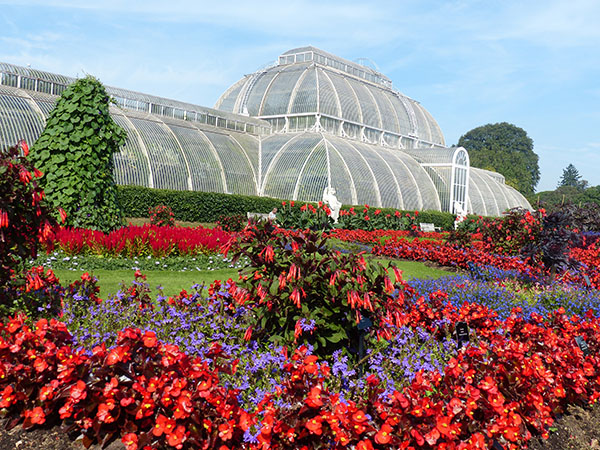



































































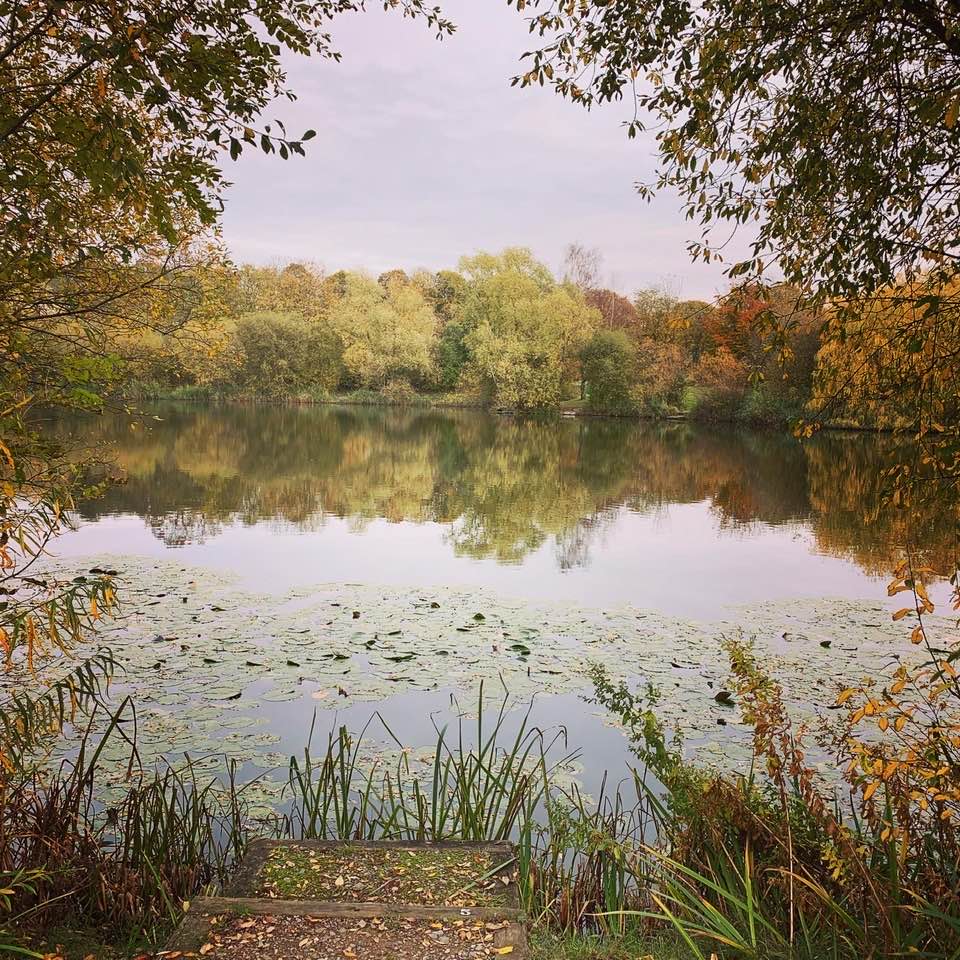
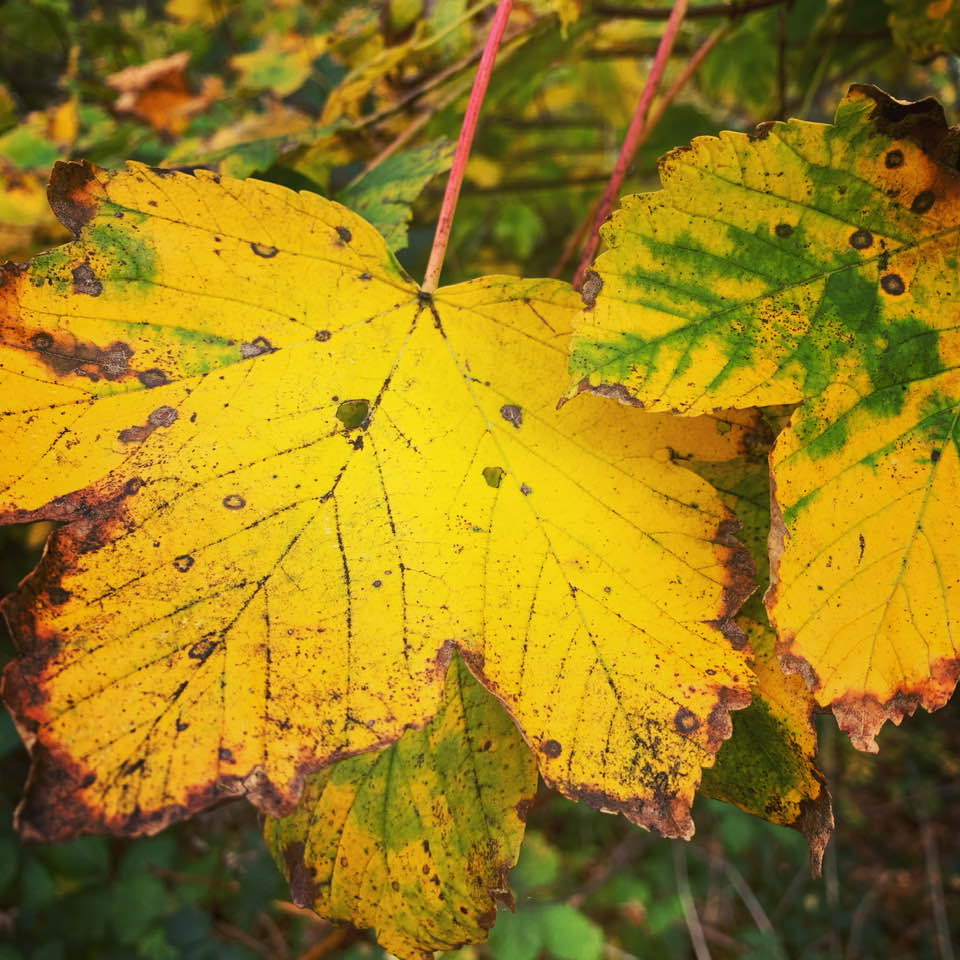

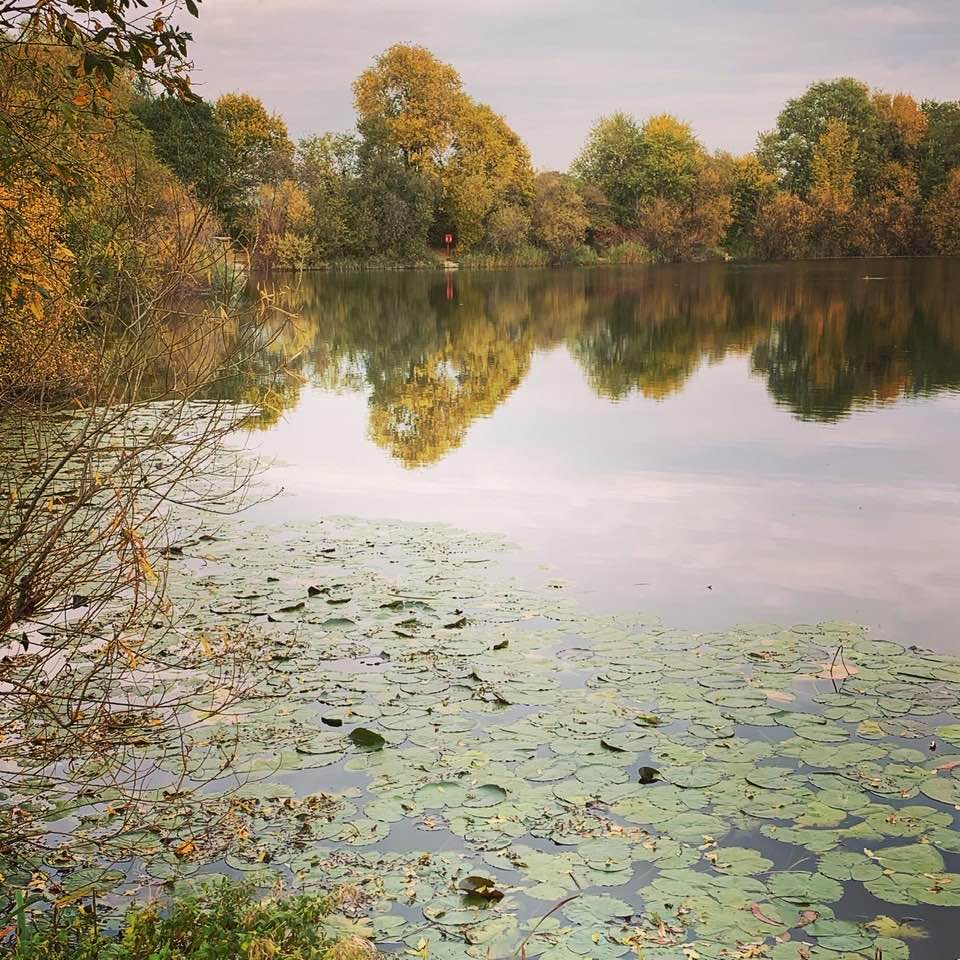
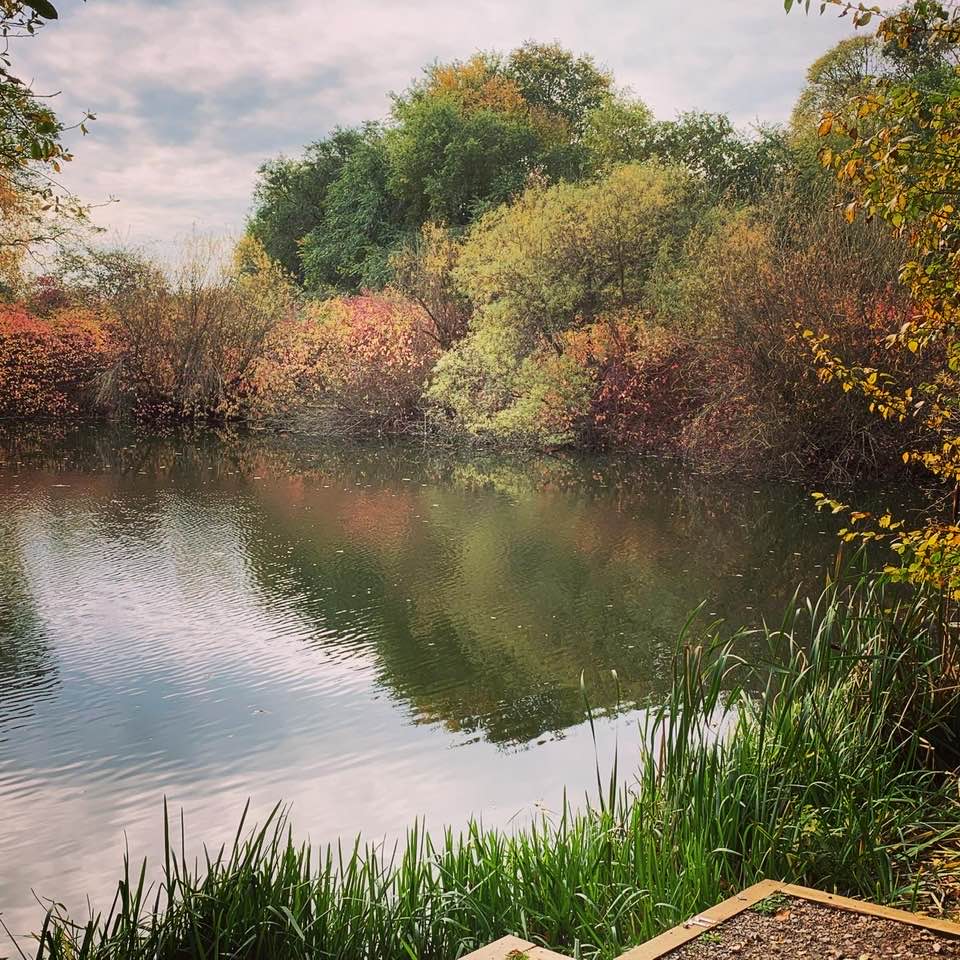
























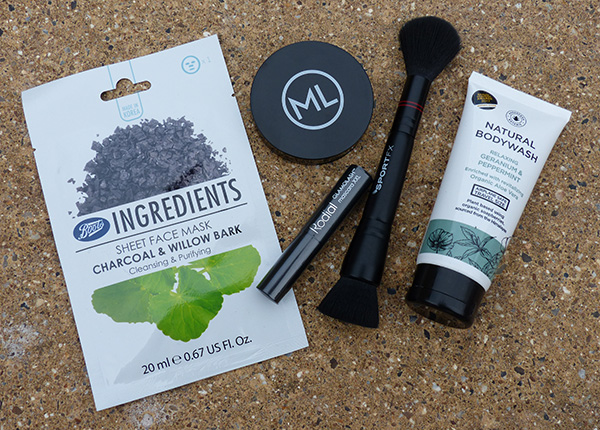
































Recent Comments